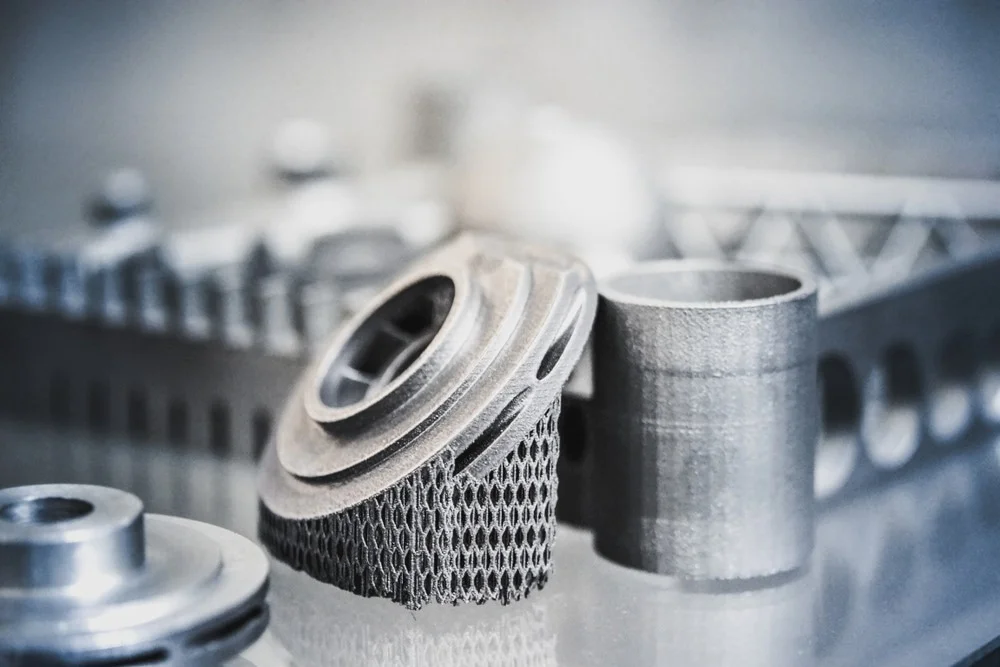ISO 7539-6 Stress Corrosion Creep Testing
The ISO 7539-6 standard specifies a method for determining the susceptibility of materials to stress corrosion cracking under conditions that include high temperature and tension. This is particularly relevant in industries where components are subjected to prolonged exposure at elevated temperatures, such as aerospace, power generation, chemical processing, and petrochemical sectors.
The test is designed to evaluate how materials behave when exposed to a corrosive environment while simultaneously being stressed. High-temperature creep testing under stress corrosion conditions is crucial for ensuring the integrity of components in these demanding environments. The methodology involves subjecting specimens to a specific tensile load and a temperature that simulates real-world operating conditions.
The test procedure typically includes the following key steps:
- Selection of appropriate specimen type
- Tension testing at specified temperature and stress level
- Exposure to corrosive medium (such as chloride solutions)
- In-situ observation for crack initiation and propagation
The primary goal is to identify materials that can withstand the combined effects of mechanical stress, high temperatures, and corrosive environments without developing cracks. This information is invaluable for material selection in critical applications.
For instance, in the aerospace industry, parts like turbine blades need to perform reliably under extreme conditions. Similarly, in chemical plants, piping systems must endure harsh corrosive atmospheres while maintaining structural integrity.
| Test Parameter | Description |
|---|---|
| Tensile Load Applied | The load applied is proportional to the expected operating stress in the component. |
| Temperature Range | The temperature can vary widely depending on the application, often between 200°C and 650°C. |
| Corrosive Medium | A chloride solution is commonly used to simulate environments rich in chlorides, such as seawater or industrial atmospheres. |
| Duration of Exposure | The exposure duration can range from a few days up to several weeks. |
The test is not only crucial for identifying susceptible materials but also serves as a benchmark for material development and improvement. Engineers often use the results to refine alloy compositions or modify processing methods, ensuring better performance in extreme conditions.
In summary, ISO 7539-6 provides a robust framework for assessing stress corrosion creep behavior, which is essential for industries where materials must endure both mechanical stresses and corrosive environments at elevated temperatures. This ensures that critical components can operate safely and reliably under severe operating conditions.
Applied Standards
The ISO 7539-6 standard specifies the procedures for testing stress corrosion creep behavior in materials exposed to high temperature and tension. The key aspects of this standard are outlined below:
| Parameter | Description |
|---|---|
| Temperature Range | The test is conducted at temperatures ranging from 200°C to 650°C, depending on the material and application. |
| Tensile Load | A specified tensile load is applied continuously throughout the exposure period. |
| Corrosive Medium | The test uses a chloride solution or other appropriate corrosive media as per ISO 7539-6 requirements. |
| Specimen Preparation | Standardized specimens are prepared according to the specific material and application. |
| Data Recording | Continuous monitoring of crack formation and propagation is required during testing. |
The standard ensures that all tests conducted are consistent, reproducible, and comparable. Compliance with ISO 7539-6 provides confidence in the integrity and reliability of materials used in high-stress environments.
Why Choose This Test
Selecting the appropriate test method is critical for ensuring that components will perform reliably under real-world conditions. ISO 7539-6 offers several advantages:
- Predictability of Material Behavior: The test provides a clear picture of how materials behave in high-temperature, corrosive environments.
- Material Selection and Improvement: Engineers can use the results to select or improve materials for specific applications.
- Risk Assessment: The test helps in assessing potential risks associated with material failure due to stress corrosion cracking.
- Quality Assurance: Consistent testing ensures that all components meet stringent quality and reliability standards.
In addition, the ISO 7539-6 method is widely recognized and accepted across industries. Compliance with this standard enhances an organization's reputation for delivering high-quality products and services.
The test is particularly beneficial in applications where safety and performance are paramount, such as in aerospace, nuclear power, and chemical processing sectors. By ensuring that materials can withstand the combined effects of mechanical stress, temperature, and corrosion, ISO 7539-6 testing provides peace of mind for engineers and quality managers.
Quality and Reliability Assurance
The ISO 7539-6 method ensures that materials used in high-stress environments are reliable and safe. Here’s how:
- Data Accuracy: Continuous monitoring of crack formation and propagation provides accurate data for analysis.
- Repeatable Results: The standardized procedures ensure consistent results, which is critical for quality control.
- Compliance with Industry Standards: Compliance with ISO 7539-6 ensures that products meet the highest industry standards.
- Risk Mitigation: By identifying materials prone to stress corrosion cracking early in the development process, potential risks are mitigated.
The test results can also be used for certification and accreditation purposes. Many industries have specific requirements regarding material testing methods, and ISO 7539-6 is widely accepted as a reliable method.
In conclusion, ISO 7539-6 plays a crucial role in ensuring that materials are suitable for high-stress, high-temperature environments. It provides data that engineers can use to develop safer and more efficient products. Compliance with this standard enhances an organization’s reputation and trustworthiness within the industry.





